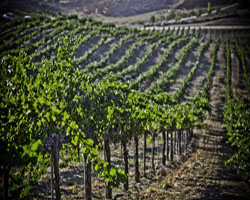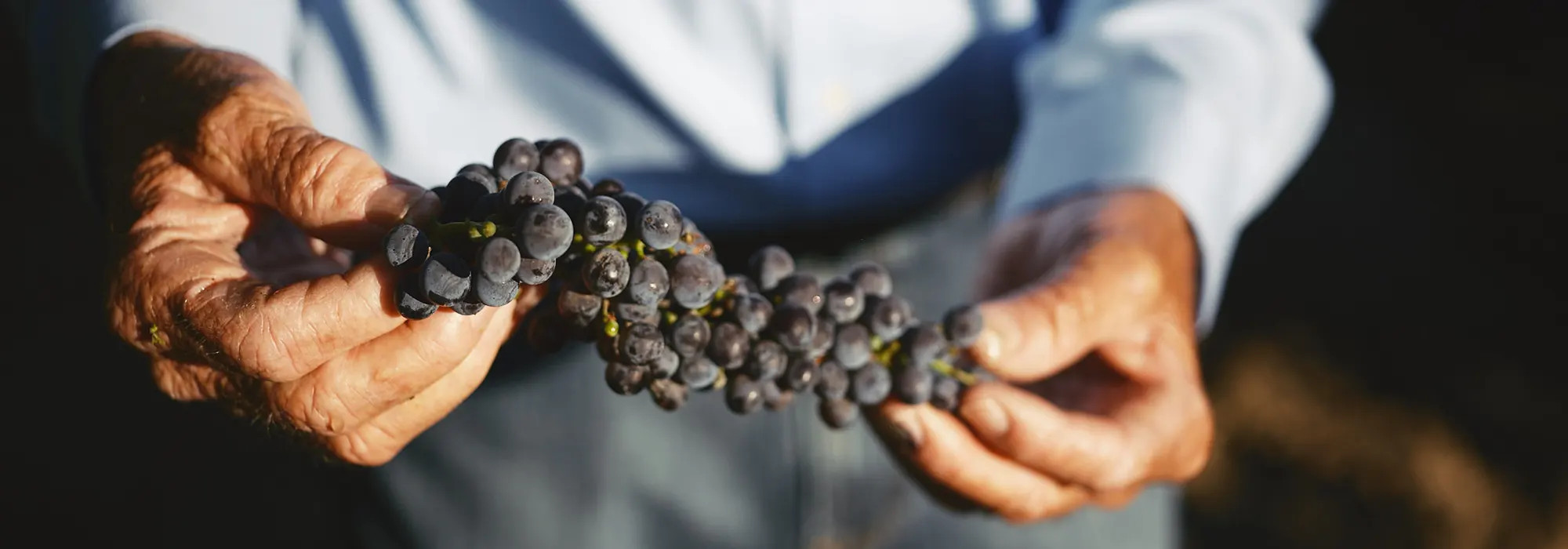Wacky Weather Patterns & The Vineyards
It was predicted to be an epic weather event of almost historic proportions but the highly anticipated El  Niño of winter 2015-2016 failed to materialize here in Southern California Wine Country.
Niño of winter 2015-2016 failed to materialize here in Southern California Wine Country.
Grape growers and winemakers alike were hoping that the record rainfall predicted with El Niño would bring much needed moisture to local vineyards. January did bring a few days of moisture but February turned up the heat with unusually high temperatures and March through May wasn’t much cooler.
According to recent news from the National Weather Service Climate Prediction Center, the threat of El Niño has past. However, they do say to expect “La Niña” to influence our weather later this summer and through the winter, which means warmer temperatures and less than normal rainfall. Though, not exactly music to the ears of local vintners and growers, they are finding less water is producing smaller grapes with more concentrated sugar and more complex flavor.
Grapevines thrive in less-than-desirable conditions. Their roots reach deep to find water. In fact, according to the University of California Drought Management program, “In the production of wine grapes, it has long been recognized that water deficits can lead to improved fruit quality–especially in red wine varieties,” the hallmark of Temecula Valley Wine Country.
According to local vineyard owner and winemaker David Bradley of Vindemia Winery, “To grow grapes in Temecula Valley, we need snow in Colorado,” which, in turn will feed one of the Southwest’s main water sources, the Colorado River. News of recent snowstorms in the region is a hopeful sign for what could be a very dry period ahead for Temecula Valley Wine Country.
Bradley says with so many warm winters over the past few years, they “look for budbreak to be early” with “new harvest dates of July and August,” rather than the traditional September start.
Gus Vizgirda, Winemaker at Wilson Creek Winery, has been crafting wines and tending vines in the valley for decades and has kept meticulous records. After looking at a number of variables such as rainfall, daily high and low temperatures, grape tonnage and harvest times, he’s observed that, over the last 10 years or so, harvest is starting earlier and earlier, while the actually length of the crucial growing season is become shorter.
Other growers and winemakers have noticed a similar pattern and are taking steps to adapt to the effects of climate change. Last year, for example, local vineyards began to adjust their water usage, when supply was cut by 10% by the Rancho California Water District. Vineyards that didn’t comply faced stiff, and expensive, penalties.
“It is important to remember that while striving to regulate water applications, the overall health and well-being of the vine is paramount. Balancing the crop load, vine vigor and water uptake are all important facets of the grape quality that is yielded. We are in a new era of grape growing and water will always be part of the equation. How we use it certainly determines our wine quality and outcome,” states Jon McPherson, Master Winemaker for South Coast Winery and Carter Estate Winery.
One way to conserve water, said Craig Larson, winemaker for Callaway Vineyard & Winery, is “to constantly monitor the vineyards and water the vines for short, more frequent periods, to avoid over stressing the vines. Conditions can change rapidly.” Last harvest, Larson noted, it wasn’t uncommon to make a harvesting decision only to find, a few days later, that the grapes had already begun to dehydrate – something you didn’t see several years ago.
Proper and selective canopy management and monitoring nutrient requirements are key with these drier, warmer conditions and, adds Bradley, “Mulch, soil temperatures and pest health will also need greater attention.”
El Niño may not have delivered its expected downpours and who knows if La Niña will bring the dry conditions predicted. Whatever nature brings in the coming months, the growers and winemakers will adapt and accept the challenge, and continue to craft another stellar vintage in Temecula Valley.


